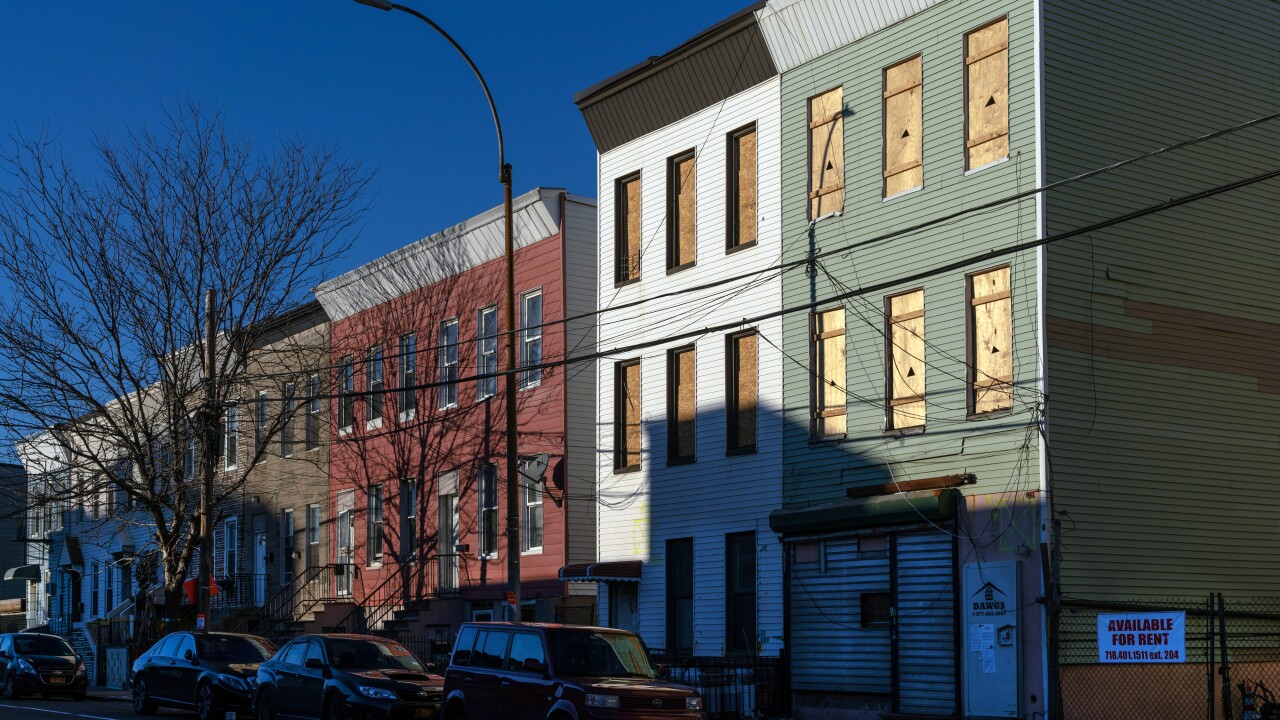-
Fannie Mae is revamping its affordable mortgage program to make it easier for low- and moderate-income families to qualify for low-down-payment loans.
August 25 -
A new battle is brewing between Fannie Mae and Freddie Mac as the government-sponsored enterprises set out to boost their purchases of low down payment loans.
August 31
WASHINGTON – A new Fannie Mae program allowing nonborrower income to count in qualifying homeowners for low-down payment loans received near-universal praise from industry representatives and federal officials at a recent housing symposium here.
Fannie Mae's HomeReady program allows lenders to consider factors other than the immediate income of a loan applicant. Fannie also will consider rent from boarders on the property as a factor.
Speakers at the Urban Institute/Corelogic housing finance symposium on Nov. 20 said the program will expand credit to more borrowers and open the door to more innovation in evaluating a borrower's ability to repay.
"This model works well for Hispanics with multi-generational and multifamily households" where you have several individuals contributing to the mortgage payment, according to Joe Nery, president-elect of the National Association of Hispanic Real Estate Professionals.
"It is a great concept and we would like to see it expanded" to other loan programs, Nery said.
Bob Ryan, special adviser to Federal Housing Finance Agency Director Mel Watt, said changes in demographics and in the way people earn a living provide a "real opportunity for innovation." The FHFA regulates Fannie Mae and approved the HomeReady product.
"There is a lot of work to be done in understanding ability to repay and how that is different than it has been historically," Ryan said at the symposium.
Fannie Mae notified lenders in September that they could start taking borrower applications and manually underwrite HomeReady loans. However, Fannie's automated underwriting system Desktop Underwriter will not be ready to process HomeReady loans until December. Most lenders prefer to use Desktop Underwriter.
"I hope it works well," said Richard Green, special senior adviser for housing finance in policy development and research at the Department of Housing and Urban Development. "We got to look at sources of income differently," Green said at Friday's housing symposium.
In some cases, the head of the household may not have a steady paycheck due to seasonal work. But Nery said other family members will contribute to cover a shortfall.
"In the Hispanic community, having a roof over your family's head is everything. And they will do everything to make that mortgage payment," he said.
Mortgage Bankers Association research shows that 15.9 million new households will be created from 2014 through 2024, more than a third of which will be new Hispanic households.





